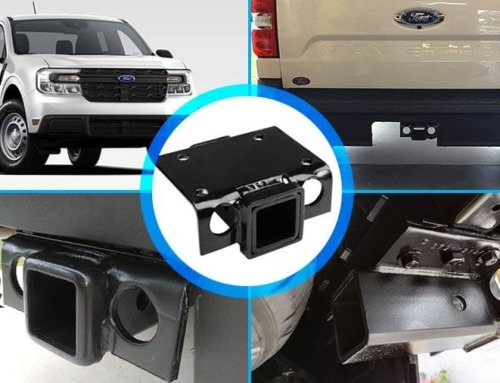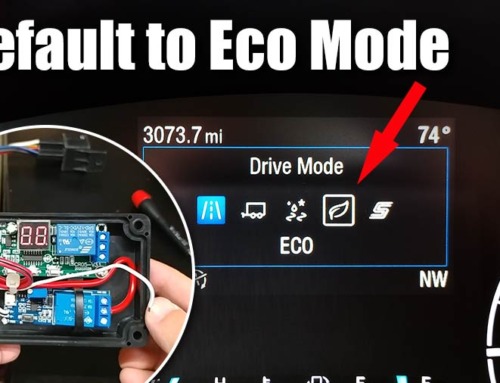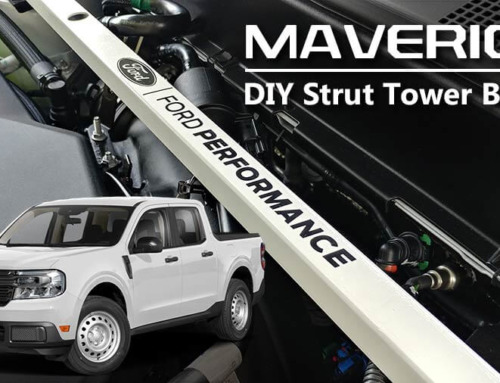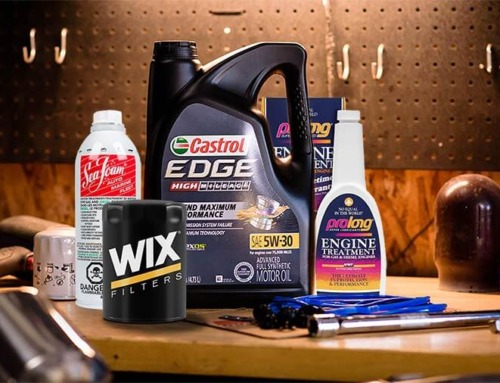Hello and welcome to the Cuban Redneck DIY Channel. If you found this post but haven’t seen our channel, please check us out on YouTube! Today I want to talk to you about how to increase gas mileage in your car, truck, or SUV. The cost of gas is up considerably since the Biden administration opted to reverse our path towards energy independence. Gas price is something that affects all Americans and all sectors of the economy. I am looking to do some traveling this summer, and it would be nice to improve my wife’s 2017 Chevrolet Equinox fuel economy. The 2.4 liters four-cylinder SUV has just over 25K miles, and it is averaging 16-18 MPG in the city and between 26-28 MPG on the highway.
How to Increase Gas Mileage
I will be doing a series of modifications, some with a better track record of success than the others. The three areas I will focusing on are air intake, lubrication, and friction reduction, better spark or fuel-burning characteristics, and the most controversial, an ATS (Air Temperature Sensor) piggyback module.
Modification #1 – As far as the air intake, I am going to rely on the remarkable reputation of K&N filters. This race-inspired and proven technology strikes a perfect balance between engine protection and performance. There are thousands of lab and dino tests out there, proof that this is without a dought the best OEM (Vehicle Specific) replacement. Aside from the performance enhancement, K&N filters provide an ideal replacement solution for those vehicles with a $40 – $50 air filter since they don’t ever need replacement. Additionally, K&N filters are washable, simply spray them with a degreaser, hose it off, spray it with the microfiltration red oil, and you are good to go.
Modification #2 – Reducing friction and enhance lubrication are two areas where today’s internal combustion engines have made great strides. Believe it or not, you can now buy over-the-counter 0W – 16 weight oil! Even high-performance new models like the Chevrolet C8 Corvette come from the factory with 0W – 40 oil! This is possible because of the significant advancement in synthetic modifiers, which can provide the least resistance while protecting the fast-moving metal component inside these needs. My vehicle call for a 5W – 30 oil. I will be using a 5W – 20 Hihg Milage. This is one of those things that is often frowned upon, but given that this Is not only a high mileage that has better stability, I will also be using additives, Not one but two. First, I will be adding 2 oz. of ProLong. This is a penetrating lubricant I have used in all my race boats, cars, and motorcycles. ProLong not only reduces friction but protects and reduces part wear.
Modification #3 – Here is yet another of my favorite products, the “E3” spark plug. There has always been a debate about what is the best spark plug. Most “experts” fall back to safety at the end of the day by saying it all depends on the application. While that may be true, I have found that I get better performance no matter where I put the E3 spark plug. If you know your car, you can’t deny the enhanced torque boost between 1500 – 2500 RPM (depending on the vehicle). Many independent tests have also been shown to improve fuel economy.
Modification #4 – This may be the most controversial. I have opted to install an ATS piggyback module. What is this? These come in several varieties but usually function by altering the ECU’s signal from the ATS, causing the ECU to cut back on full. A lot of people claim that this can cause damage to the engine. For years people ran of carburetors that were tuned at a given temperature, altitude, humidity, etc. Those same people traveled all over the country through different weather patterns, temperatures, altitudes, humidity, etc. All of these cars survived, and they didn’t even have an oxygen sensor! That one device I am counting on to maintain the air/fuel ratio with tolerance! The device I am using is called TunedSport, and it is sold at (performancechipsnow.com). The website claims that the Tunesport Chip calculates the correct combinations of air, fuel, and spark to produce more power. Unlocking up to 30 Horsepower and up to 8 MPG! I am not sure about that, and I think that those numbers are grossly exaggerated. Nevertheless, if it helps the rest of the components listed in this project even a little, it will be worth it!
As I said in the video, this is not a tutorial on changing your oil, the air filter, or even the spark plugs but rather a test to see if I could improve the gas mileage of my wife’s 2017 Chevrolet Equinox! To my surprise, the answer to that is YES! After all of the modifications and about 400 miles (the time required for OBDII to remap the ECU), the vehicle consistently gets between 24-26 MPG in the city and 34-35 MPG on the highways. When drafting (behind a larger vehicle), I am getting between 38-42 MPG on the highway! Understand something this is a naturally aspirated gasoline engine! Not a hybrid or any other form of assistance! If you ask me that is pretty good! In fact, I am delighted!





